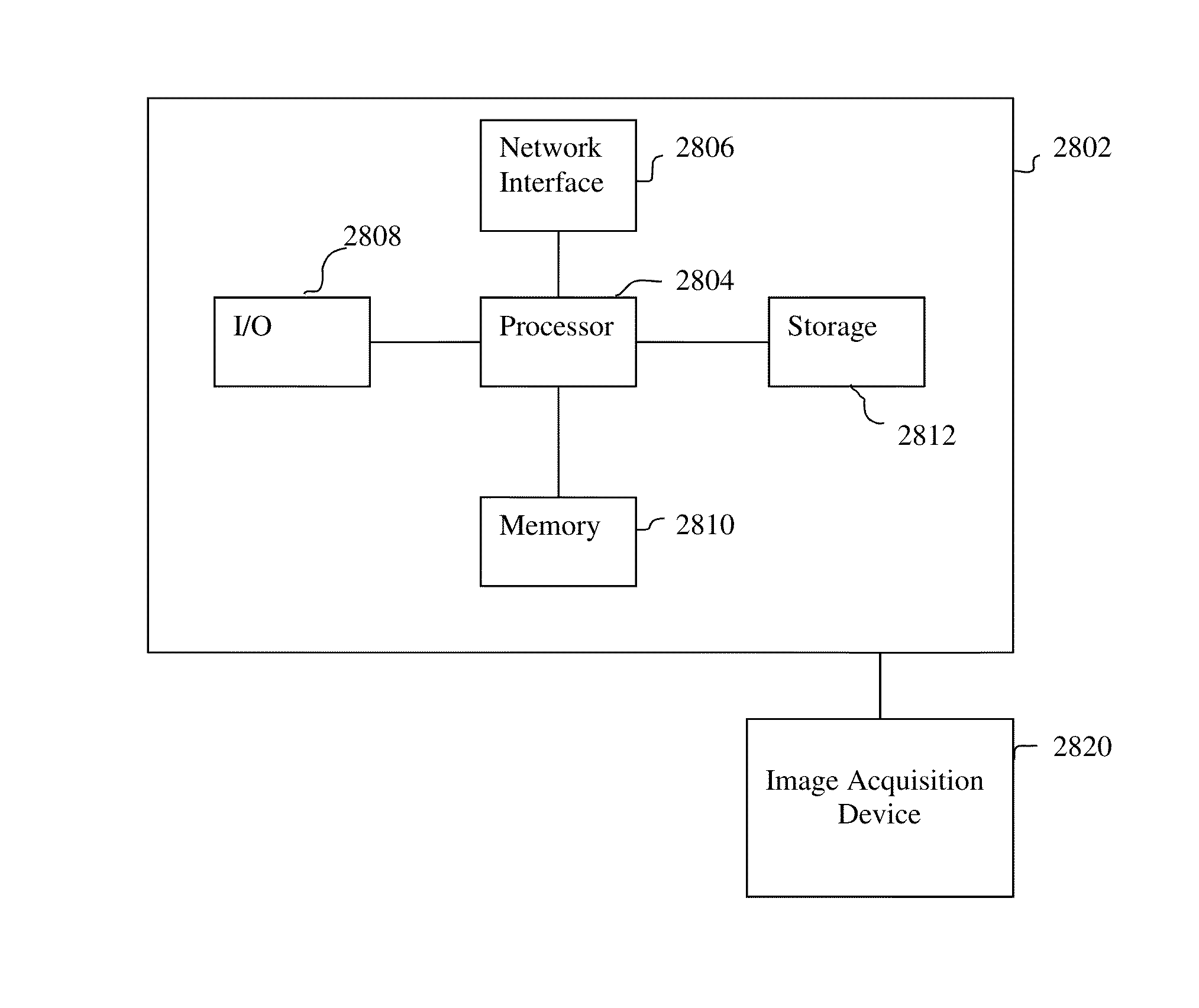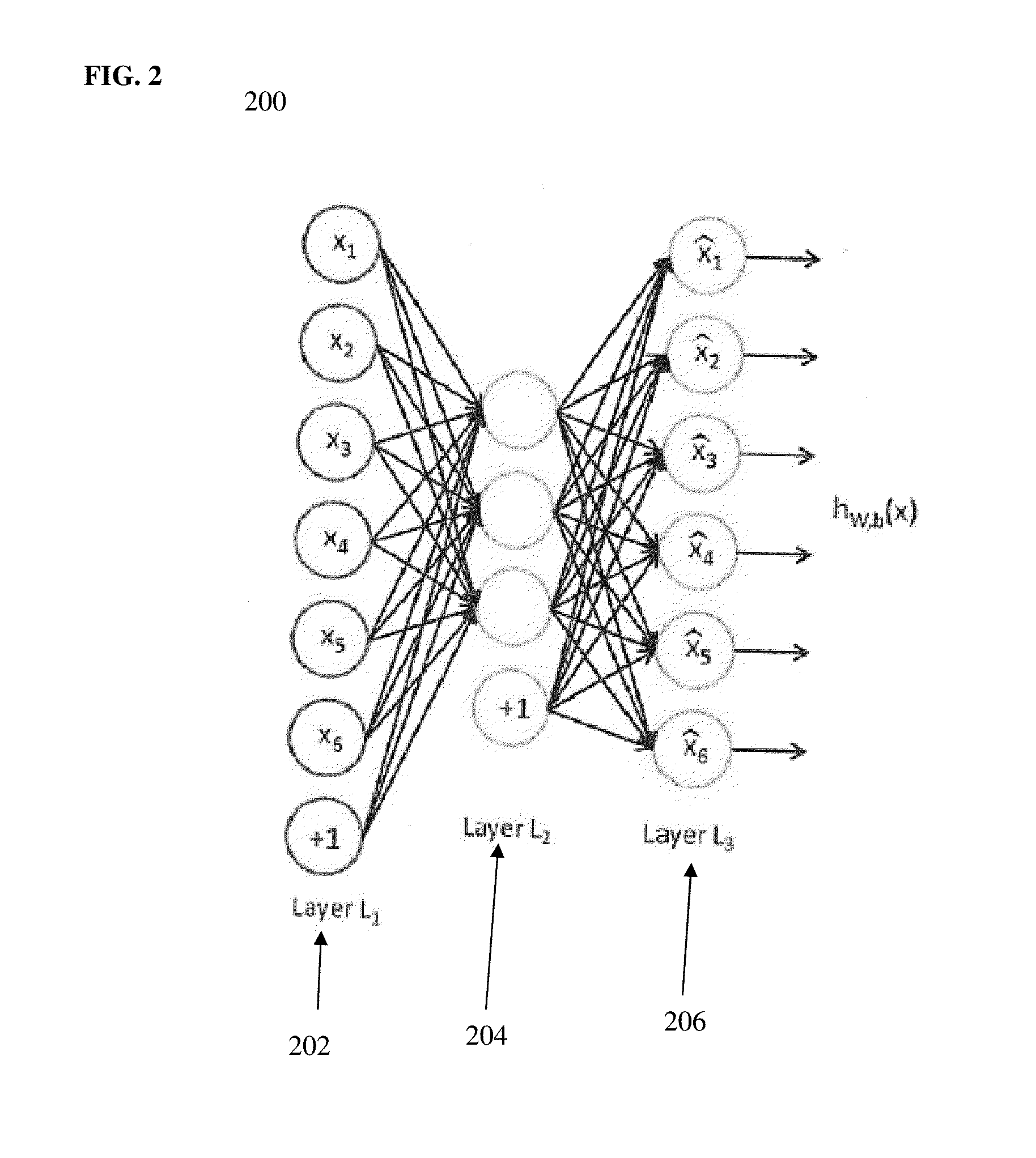Method and System for Anatomical Object Detection Using Marginal Space Deep Neural Networks
a neural network and marginal space technology, applied in the field of anatomical object detection in medical image data using deep neural networks, can solve the problem that the anatomical object detection using msl is not always robust, and achieve the effect of increasing dimensionality
- Summary
- Abstract
- Description
- Claims
- Application Information
AI Technical Summary
Benefits of technology
Problems solved by technology
Method used
Image
Examples
first embodiment
[0044]In a first embodiment, the method of FIG. 1 can be used to train a series of discriminative deep neural networks, each of which calculates, for a given hypothesis in its marginal search space, a probability that the hypothesis in the search space is correct. This framework for training a sequential series of discriminative deep neural networks in a series of marginal spaces of increasing dimensionality can be referred to as Marginal Space Deep Learning (MSDL). In MSDL, deep learning is utilized to automatically learn high-level domain-specific image features directly from the medical image data. A feed-forward neural network is a neural network structure with an efficient training algorithm called back-propagation. Although powerful enough to approximate complicated target functions, a large feed-forward neural network tends to over-fit the training data. It is difficult to train a network with more than two hidden layers with good generalization capability. In a possible embo...
second embodiment
[0047]In a second embodiment, the method of FIG. 1 can use deep neural networks to train a series of regressors, each of which calculates, for each hypothesis in the search space, a difference vector from that hypothesis to predicted pose parameters of the object in the search space. This framework for training a sequential series of deep neural network regressors in a series of marginal spaces of increasing dimensionality can be referred to as Marginal Space Deep Regression (MSDR). In MSDR, a mapping function is learned from the current hypothesis parameters to the correct object parameters in each marginal search space. The mapping function has as input, an image patch corresponding to the current hypothesis parameters and as output the target parameter displacement. Each current hypothesis will yield a new hypothesis through the regression function which converges to the correct object parameters when learned successfully. The regressed hypotheses are passed through the increment...
PUM
 Login to View More
Login to View More Abstract
Description
Claims
Application Information
 Login to View More
Login to View More - R&D
- Intellectual Property
- Life Sciences
- Materials
- Tech Scout
- Unparalleled Data Quality
- Higher Quality Content
- 60% Fewer Hallucinations
Browse by: Latest US Patents, China's latest patents, Technical Efficacy Thesaurus, Application Domain, Technology Topic, Popular Technical Reports.
© 2025 PatSnap. All rights reserved.Legal|Privacy policy|Modern Slavery Act Transparency Statement|Sitemap|About US| Contact US: help@patsnap.com



